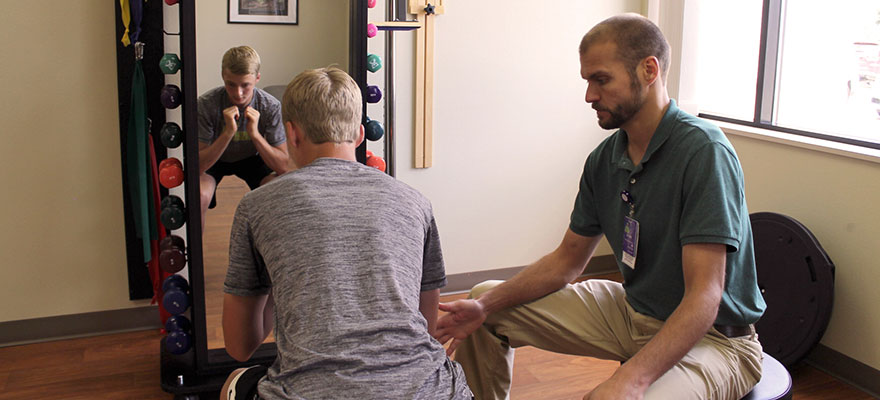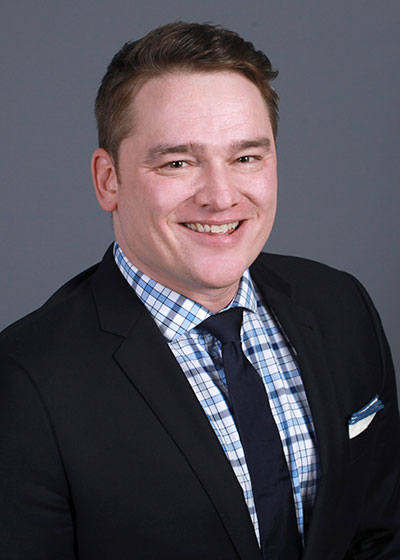Sports Medicine for Kids
- Fall 2019

Playing sports offers children both physical and psychological benefits and has been linked to future success in life. But children who play sports are also growing and developing, putting them at risk for injuries that require sports medicine expertise.
The popularity of youth sports and recreational activities means kids are more likely to experience a sports-related injury. In fact, one in three children who play a team sport is seriously injured enough to miss practice or games.
“Kids are becoming much more competitive at a younger age,” said Dr. Michael Holmoe, orthopedic surgeon and sports medicine expert at Avera Medical Group Specialty Care. “Whether its gymnastics, tumbling, basketball leagues – you see kids who are as young as three and four who are being very active in competitive sports.”

In fact, more than 3.5 million children ages 14 and younger get hurt annually playing sports or participating in recreational activities. Some of the most common sports-related injuries among children are sprains, muscle strains, bone or growth plate injuries and repetitive motion injuries. While boys account for 61% of all sports-related injuries, girls are more than eight times likely to have an ACL injury.
“Sports injuries impact kids greatly because it affects their daily function. When you have a kid and he or she has an injury, you know it’s holding them back from what they want to be doing. They can’t really progress until they’re feeling better,” said Dr. Holmoe.
Many times the first step a parent makes with an injured child is their primary care provider or the ER. For serious sports injuries, the next step often leads to seeing an orthopedist.
“Sports injuries are diagnosed first and foremost by the patient coming in, giving us a history of what’s going on, when did it start and how has it progressed,” said Dr. Holmoe. “Once we have an idea of what’s going on, we’re able to do a physical diagnosis and physical exam. We may order additional tests, such as an X-ray, ultrasound, CT or MRI, to get a better idea of what’s going on.”
From there the doctor collaborates with the parent and child to develop a rehabilitative care plan. Depending on the injury, treatments may include casting, physical therapy, medication or surgery.
“When an athlete comes to see me, my goal, personally, is to get them back on the playing field or back to the condition that they were in previously,” said Dr. Holmoe. “I want them without pain. I want them to be as active, or more active, than where they were before their injury.”
Hear more from Dr. Michael Holmoe about treating sports medicine injuries online at brookingshealth.org/SportsMedicine or call (605) 696-2700 to make a sports medicine appointment.

